by William E. Welsh
The winter of 876-877 was a dreadful one for the West Saxons. The Viking Great Army, which was reinforced annually in the summer or fall, ravaged nearly all of England. Danish King Guthrun marching from Mercia launched a surprise attack against Alfred of Wessex in Wiltshire on Christmas Day 876 in an attempt to wipe out the last independent English kingdom.
[text_ad]
Striving Long and Bravely
Alfred and his troops were forced to flee. They took refuge in the Somerset Levels, a marsh with large portions covered during high tide. They improved an ancient fort on Athelney Island dating back to the Iron Age that consisted of a semi-circular stockade fronted by a ditch. Alfred called up as many of the West Saxon men as he could during the following months.
In late spring Alfred was ready to strike. In early May he marched his Saxon army to Eddington in Wiltshire where it met the Vikings in a desperate battle. Little is known, but a taste of the mayhem and gore comes across the centuries to us from the ecclesiastical chronicler of the “Medieval Life of King Alfred the Great,” who wrote, “Fighting ferociously, forming a dense shield-wall against the whole army of the Pagans, and striving long and bravely…at last he [Alfred] gained the victory. He overthrew the Pagans with great slaughter, and smiting the fugitives, he pursued them as far as the fortress [of Chippenham].”
This time it was the Vikings turn to flee for their lives. The Saxons besieged the Vikings in Chippenham, and eventually the Norsemen surrendered. They agreed to be baptized and to swear a binding oath to Alfred embodied in the Treaty of Wedmore. It was one of the miracles of King Alfred’s vaunted reign.
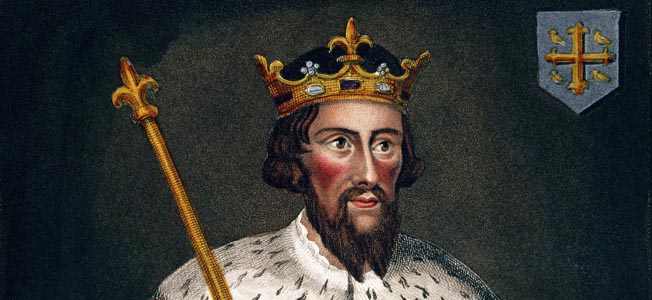
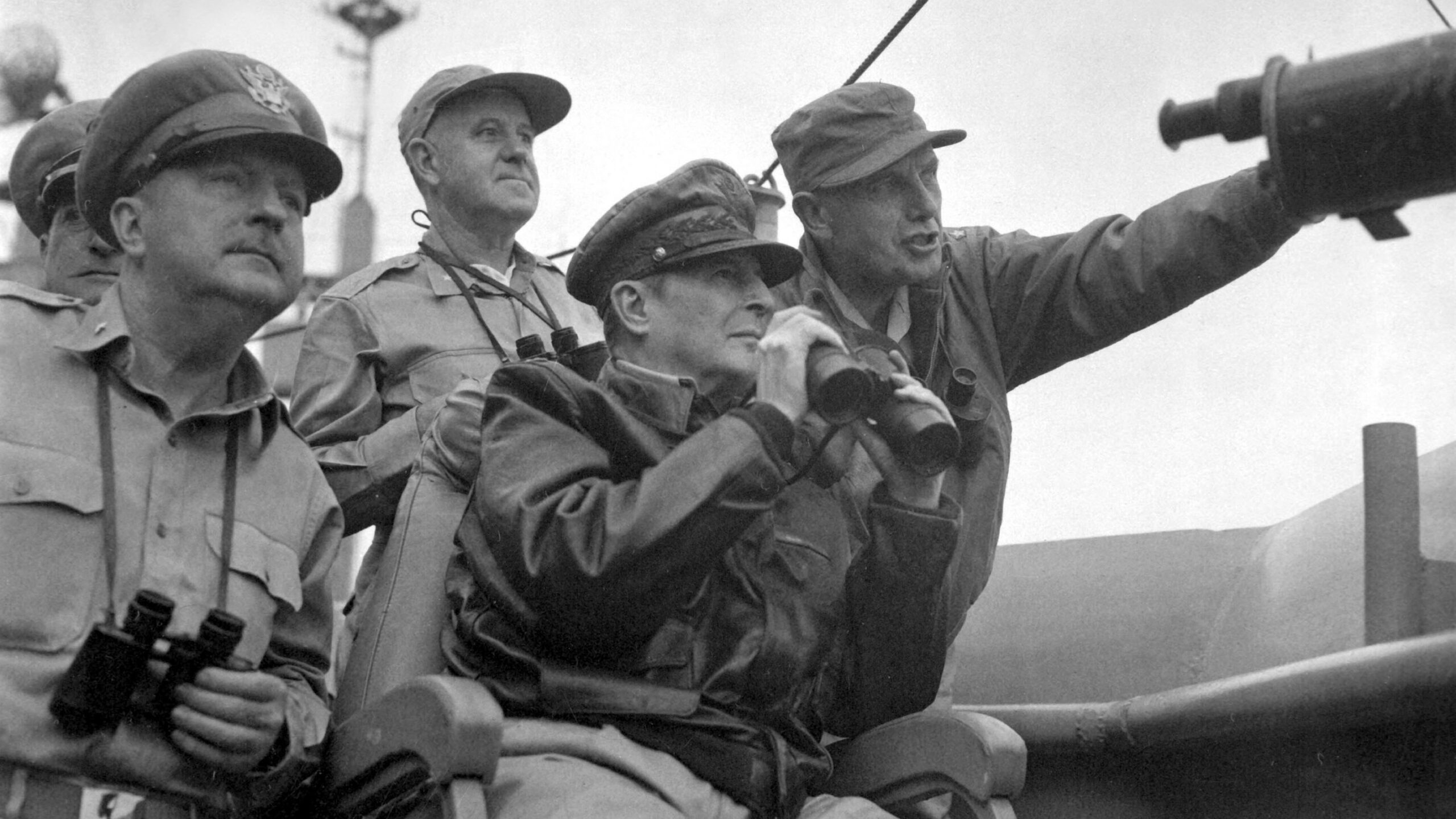

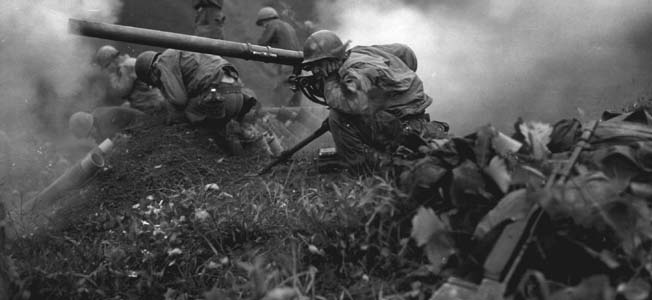


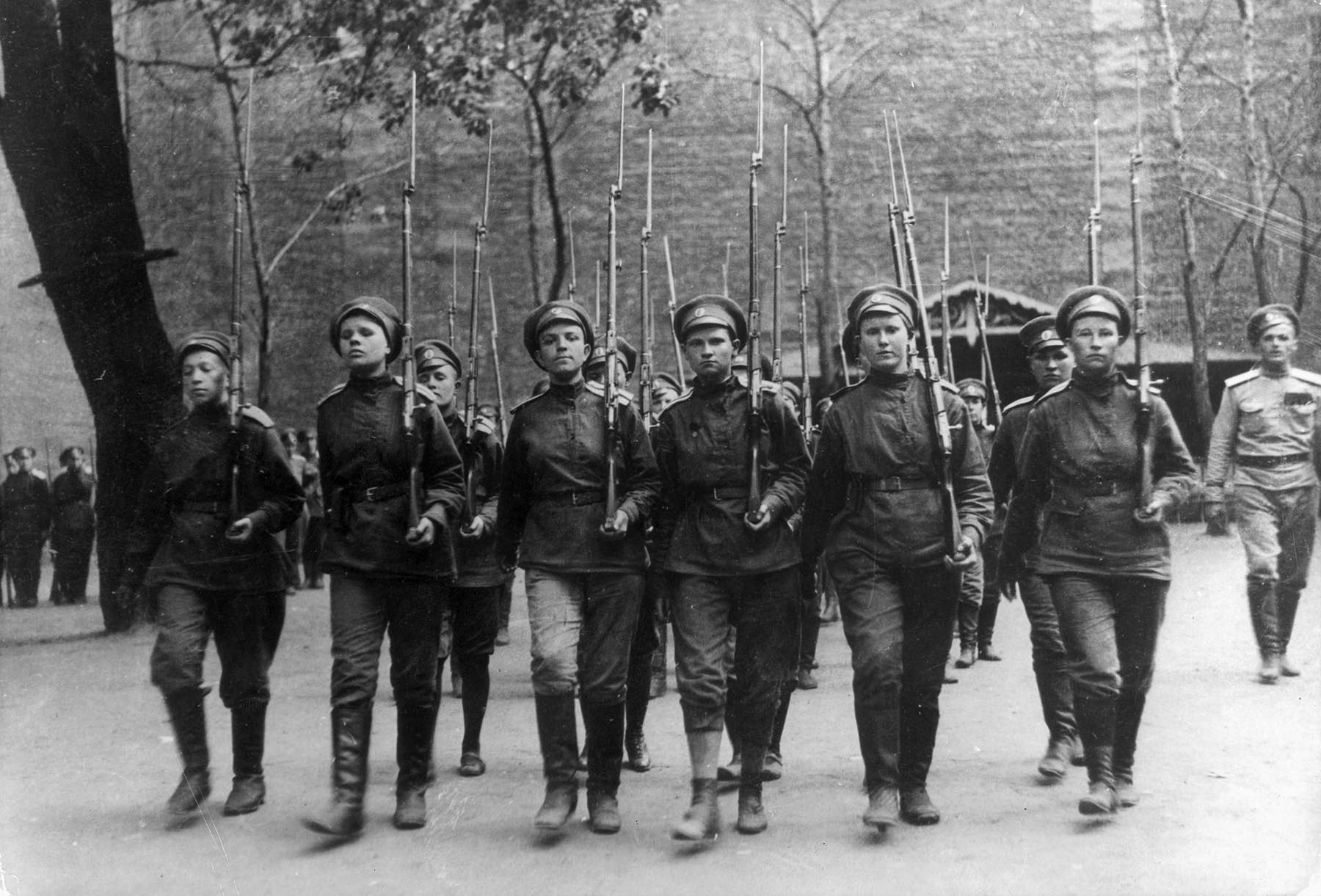

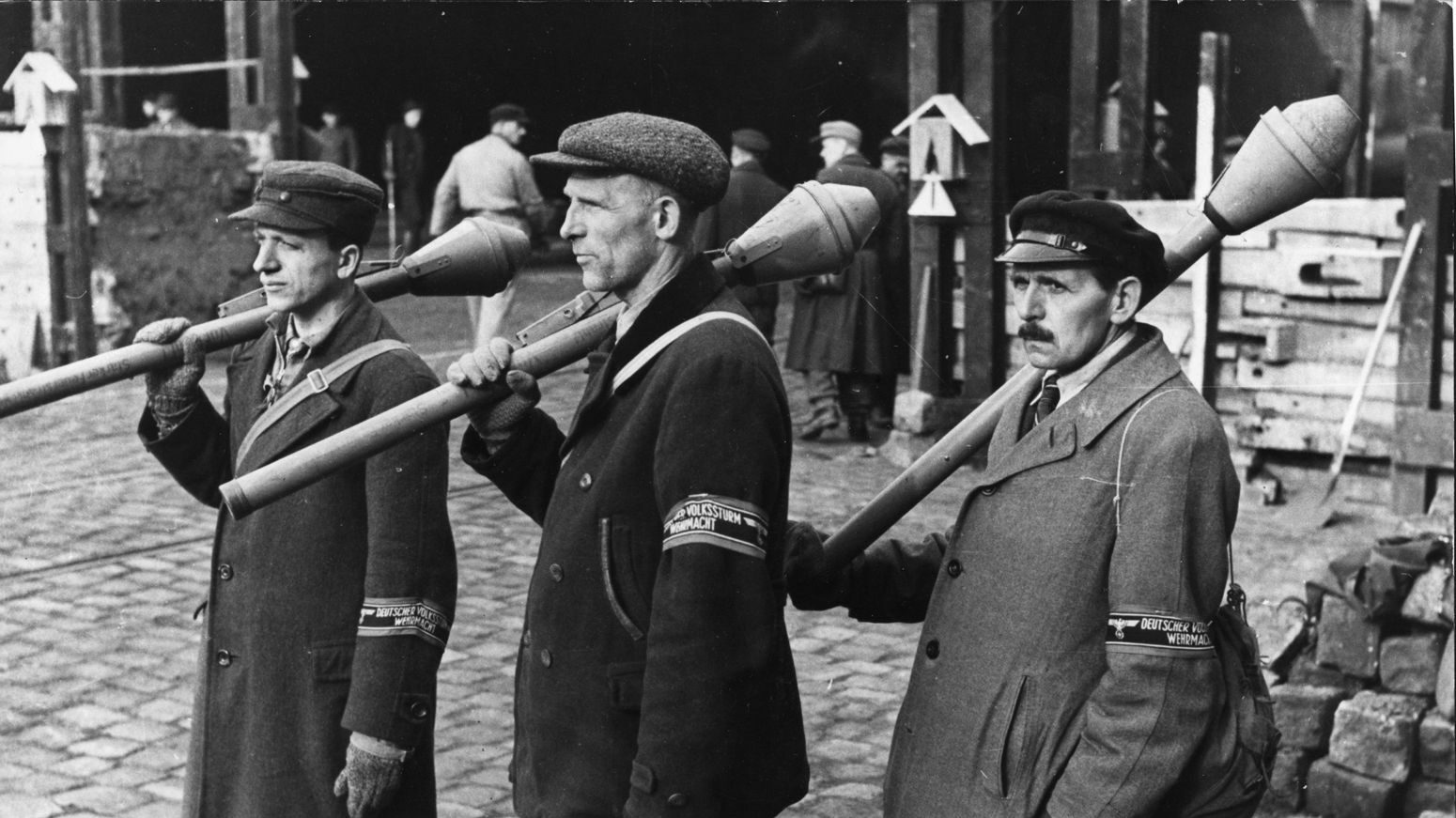
Join The Conversation
Comments
View All Comments